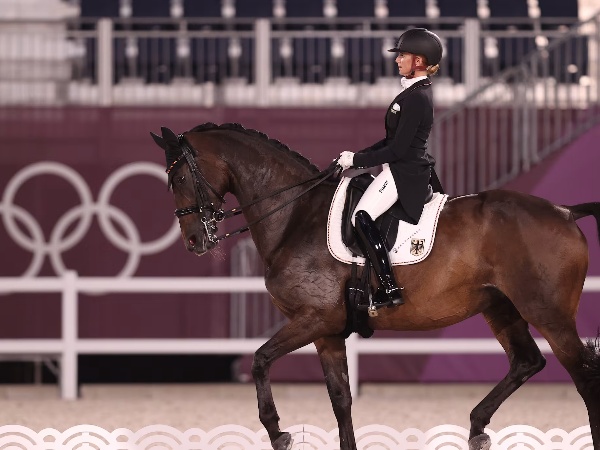views : 680
2 Min Read
History About Dressage Ahead of Paris Olympics 2024
Equestrian events trace their origins to Ancient Greece, where the bond between rider and horse was deemed crucial for survival in battle. The development of dressage emerged as a method to train horses for war, emphasizing the perfect partnership necessary for combat readiness. At the ancient Olympic Games, equestrian sports featured chariot racing, renowned for its daring and thrilling nature. However, the art of riding faded into obscurity until experiencing a revival during the Renaissance period. Dressage, a discipline focused on precise movements and control, flourished during the Renaissance and reached its pinnacle with the establishment of the renowned Spanish Riding School in Vienna in 1729. This institution laid the groundwork for modern dressage, emphasizing the harmonious interaction between horse and rider as a form of artistic expression and disciplined training.
In contemporary equestrianism, the sport is characterized by three main disciplines: dressage, show jumping, and eventing. These disciplines highlight the agility, skill, and partnership between horse and rider. In show jumping, competitors navigate timed courses with penalties for knocked obstacles, emphasizing both speed and precision. Notably, equestrian events at the Olympics embody gender equality, with men and women competing on equal footing across all disciplines.
Dressage stands as the pinnacle of equestrian training, where horse and rider execute a choreographed sequence of intricate movements set to music. Judges assess the harmony, precision, and elegance displayed throughout the routine, emphasizing the seamless communication and control between horse and rider. Eventing, the third discipline in equestrian sports, can be likened to an equestrian triathlon. It combines dressage and show jumping with a challenging cross-country phase. This phase involves navigating a lengthy course interspersed with solid and natural obstacles, demanding both the endurance and skill of the competitors. Eventing champions are those who excel across all three phases, showcasing the versatility and adaptability of both horse and rider.
Equestrian sports made their debut at the modern Olympic Games in 1900, hosted in Paris at the Place de Breteuil arena. Initially featuring five events, these competitions highlighted the athleticism and partnership between humans and horses on an international stage. Notably, women joined the Olympic dressage event for the first time in 1952 at the Helsinki Games, marking the beginning of gender integration in equestrian disciplines. By 1964, women participated in all equestrian events, making it the only sport at the Olympics where men and women compete on equal terms. Medals are awarded both individually and to teams, recognizing outstanding performances in each discipline.
